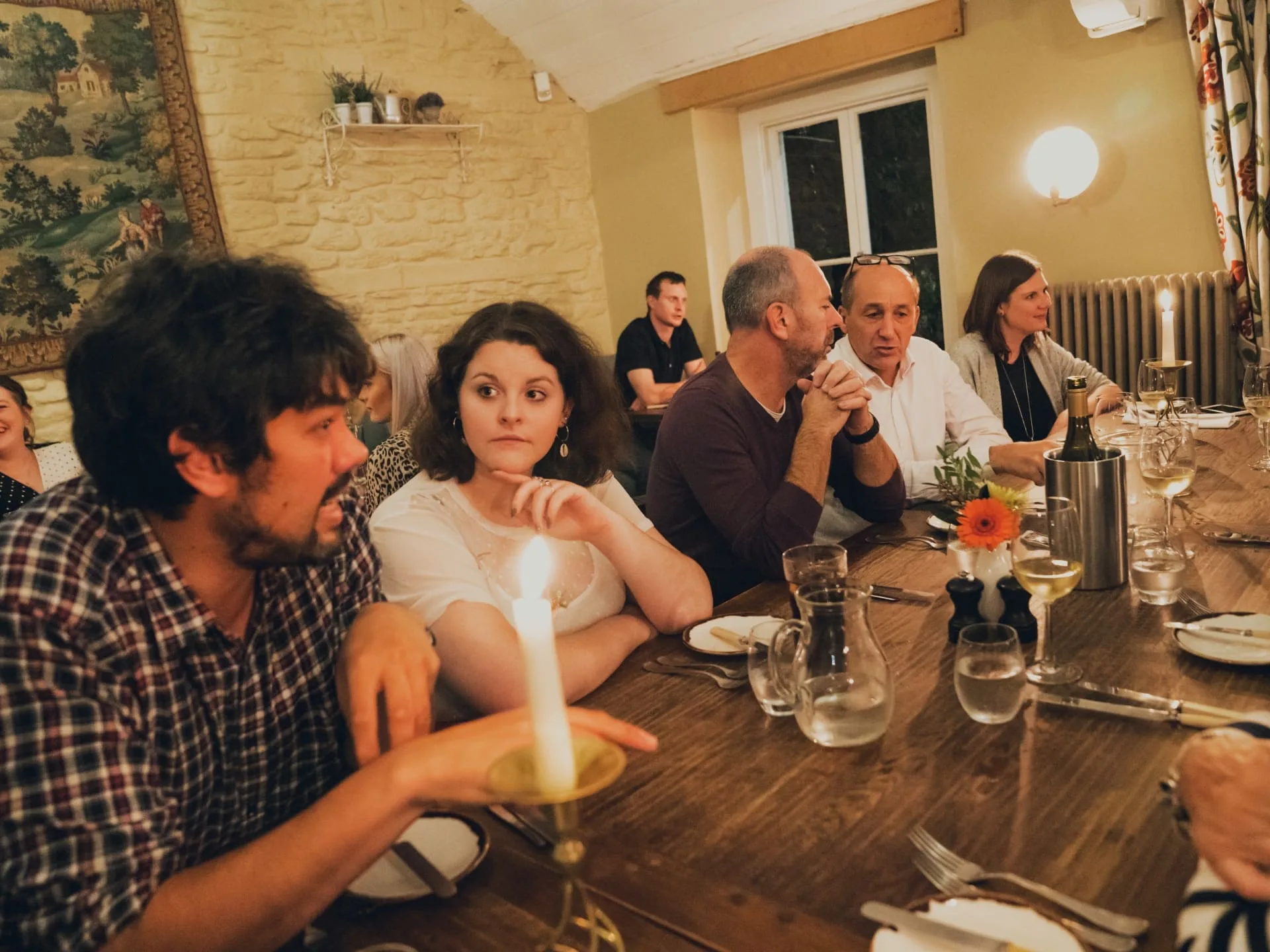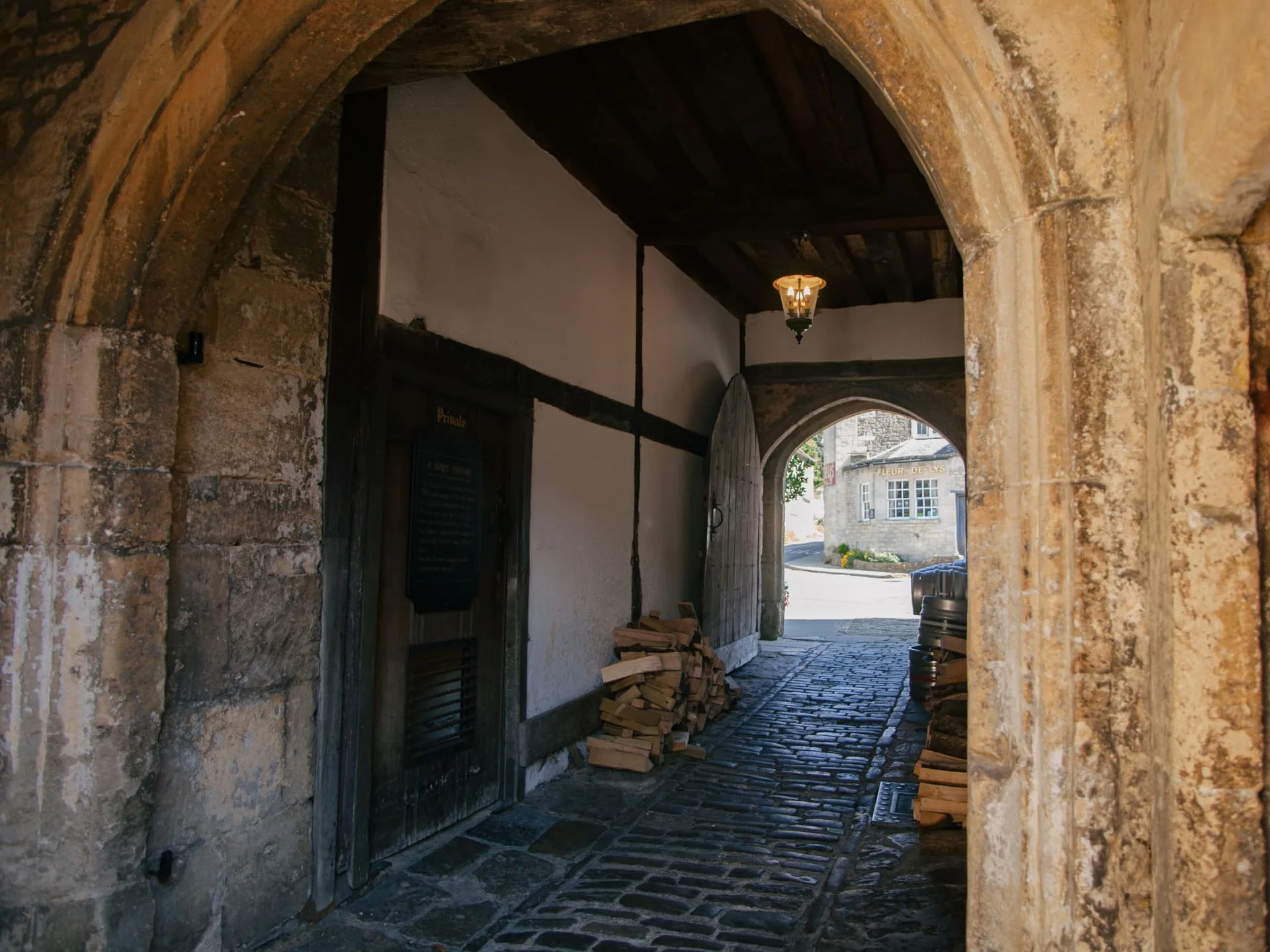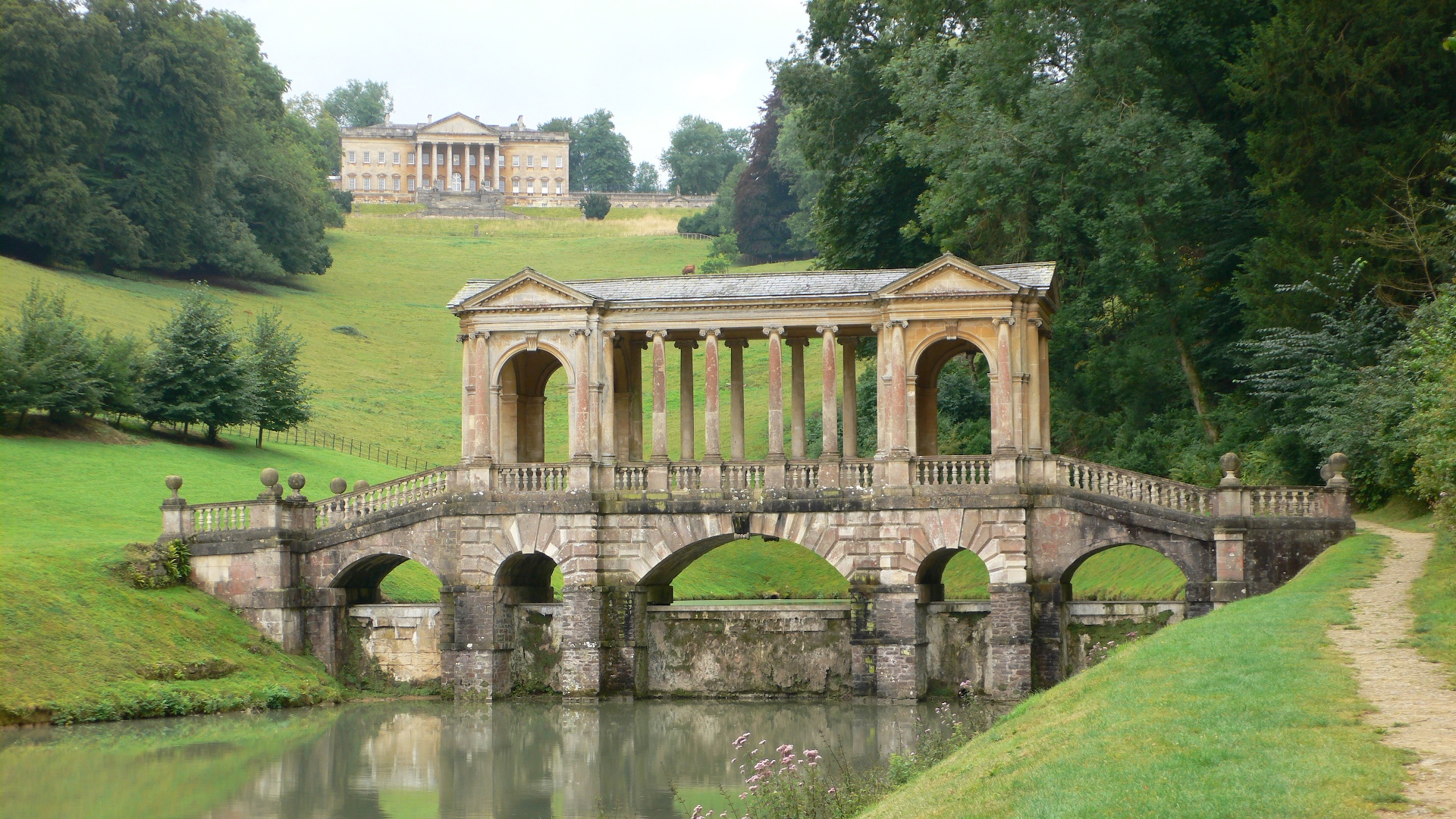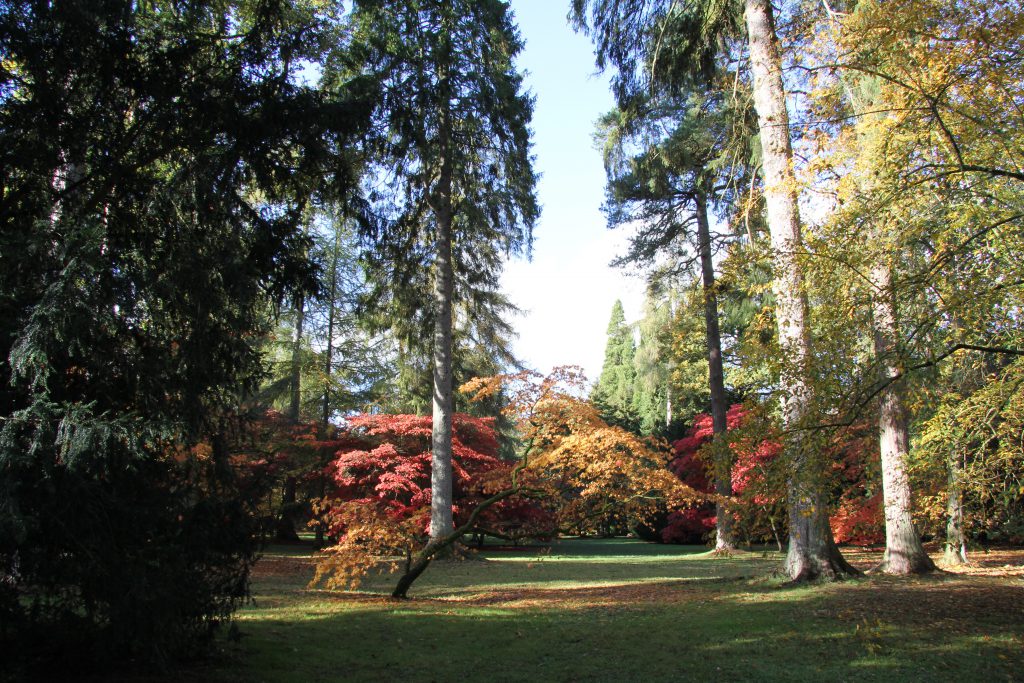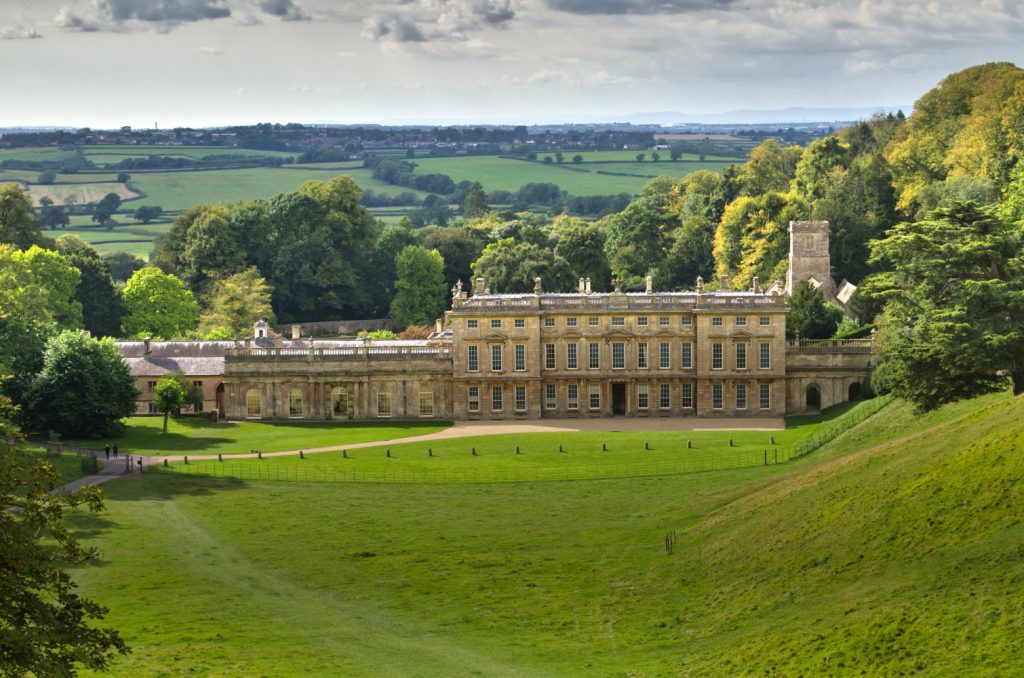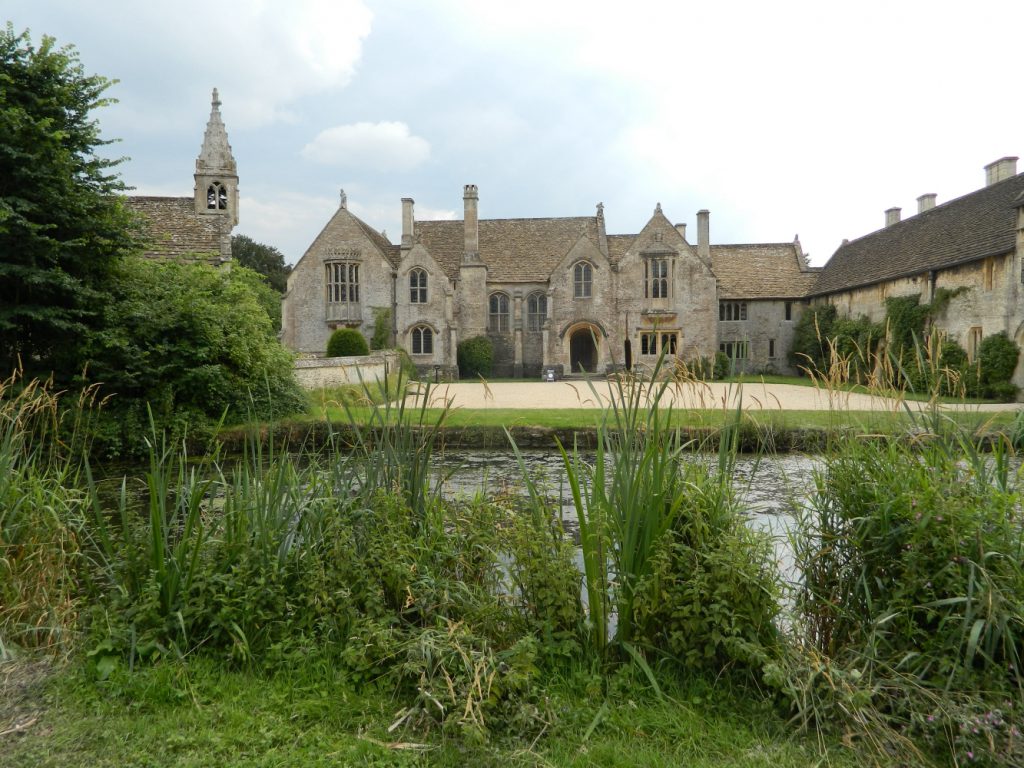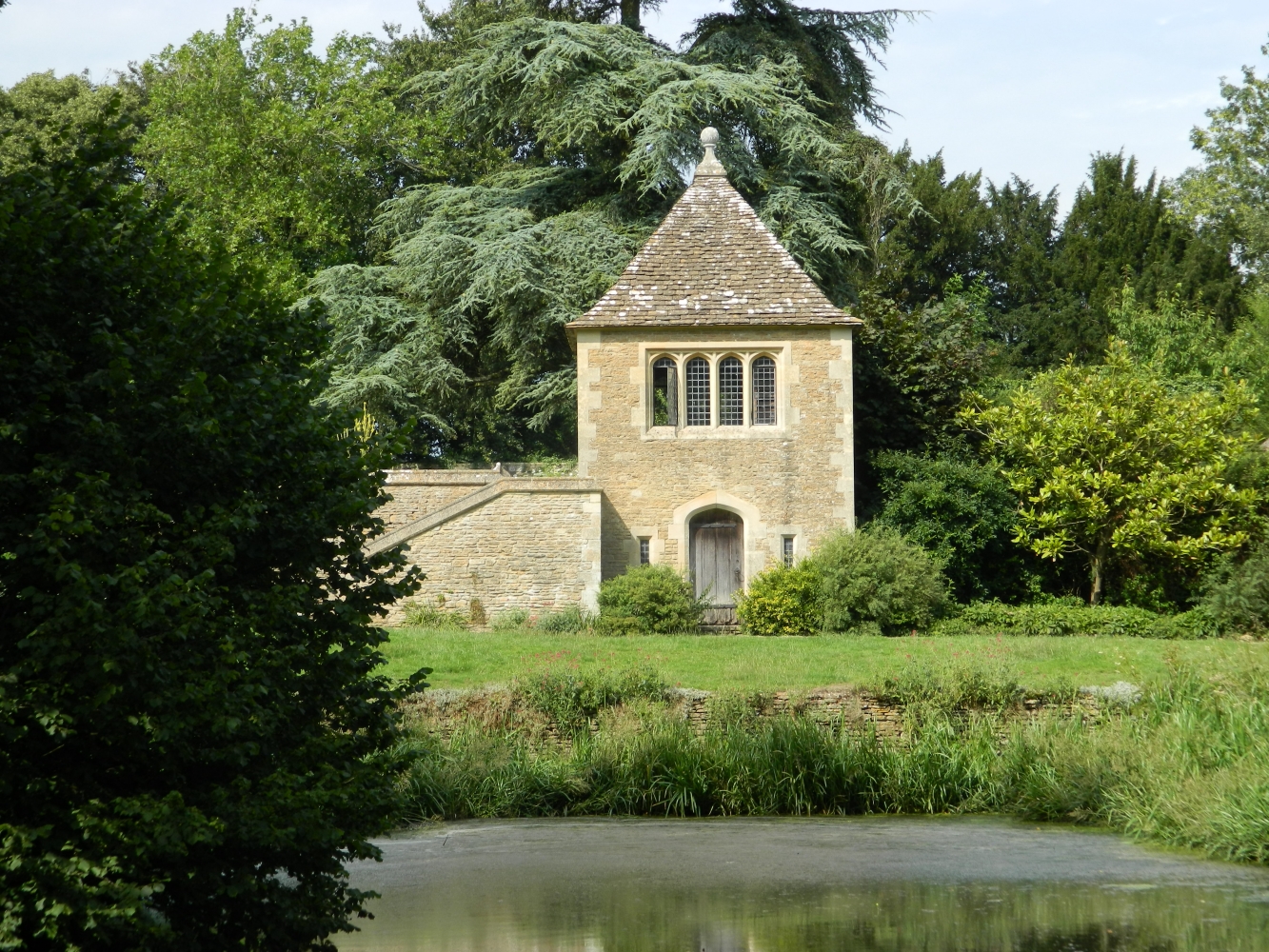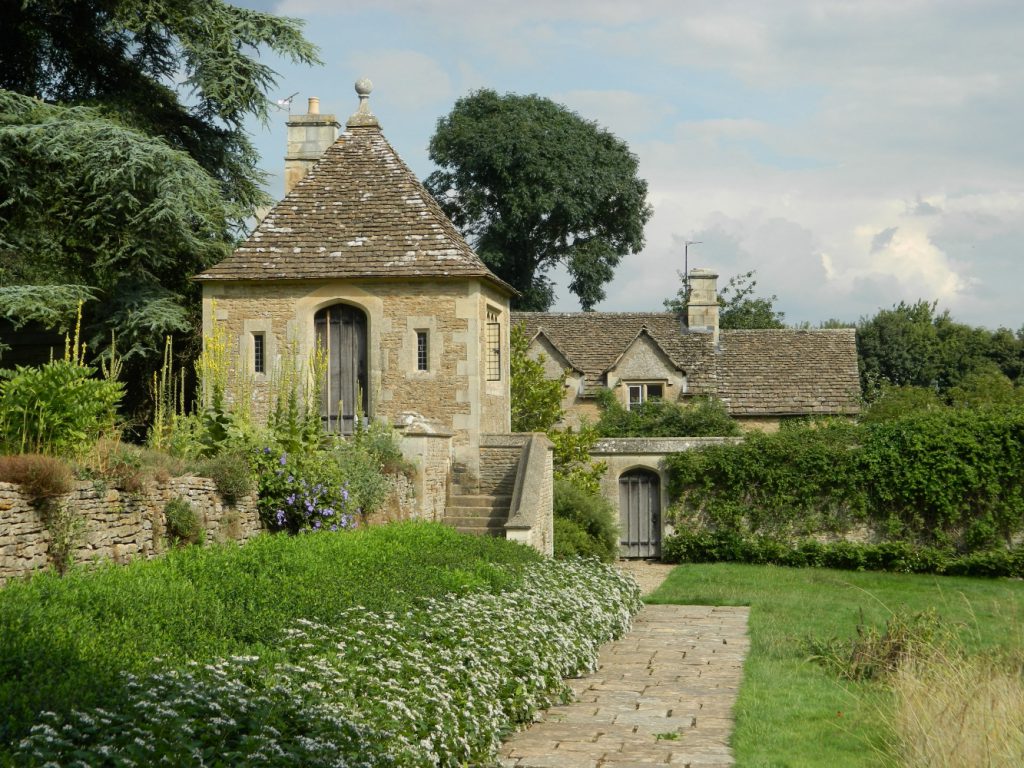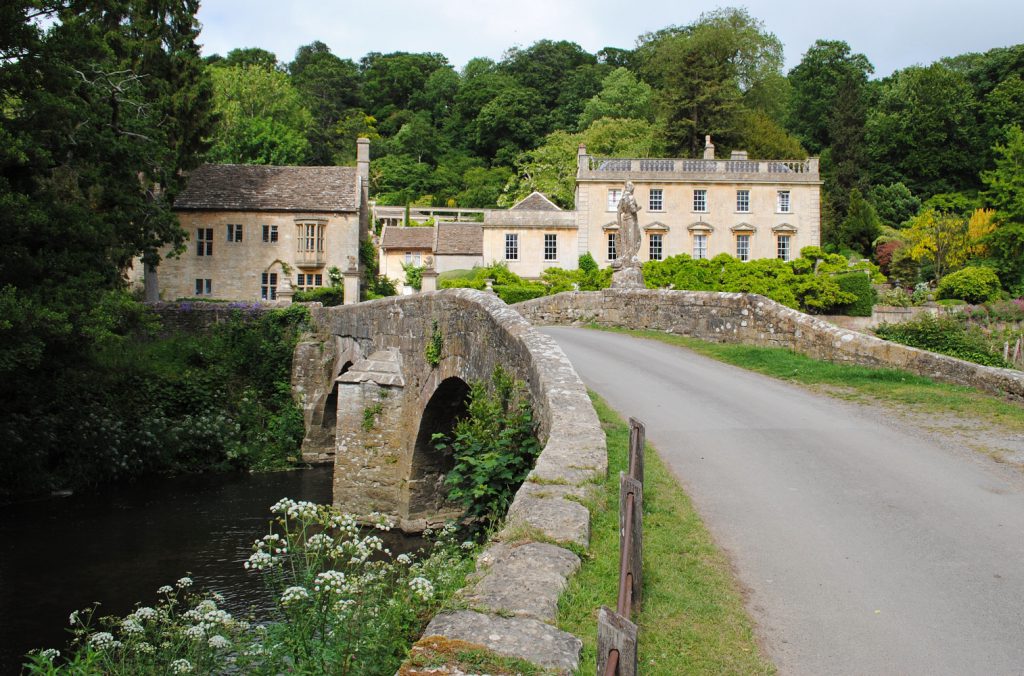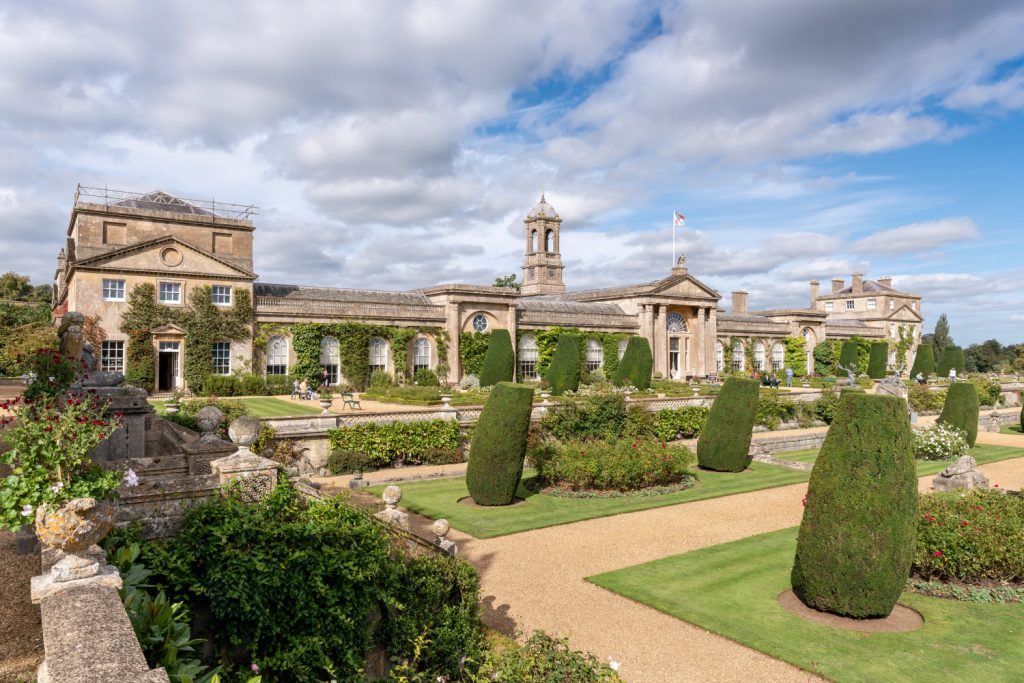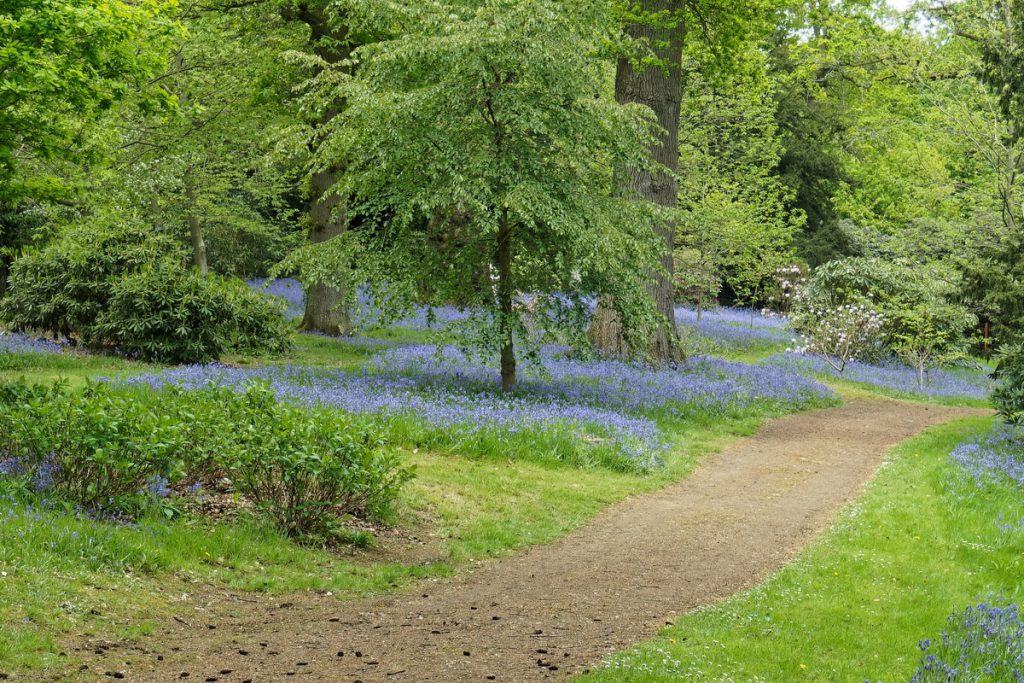
Top 10 Restaurants In Bath
October 28, 2020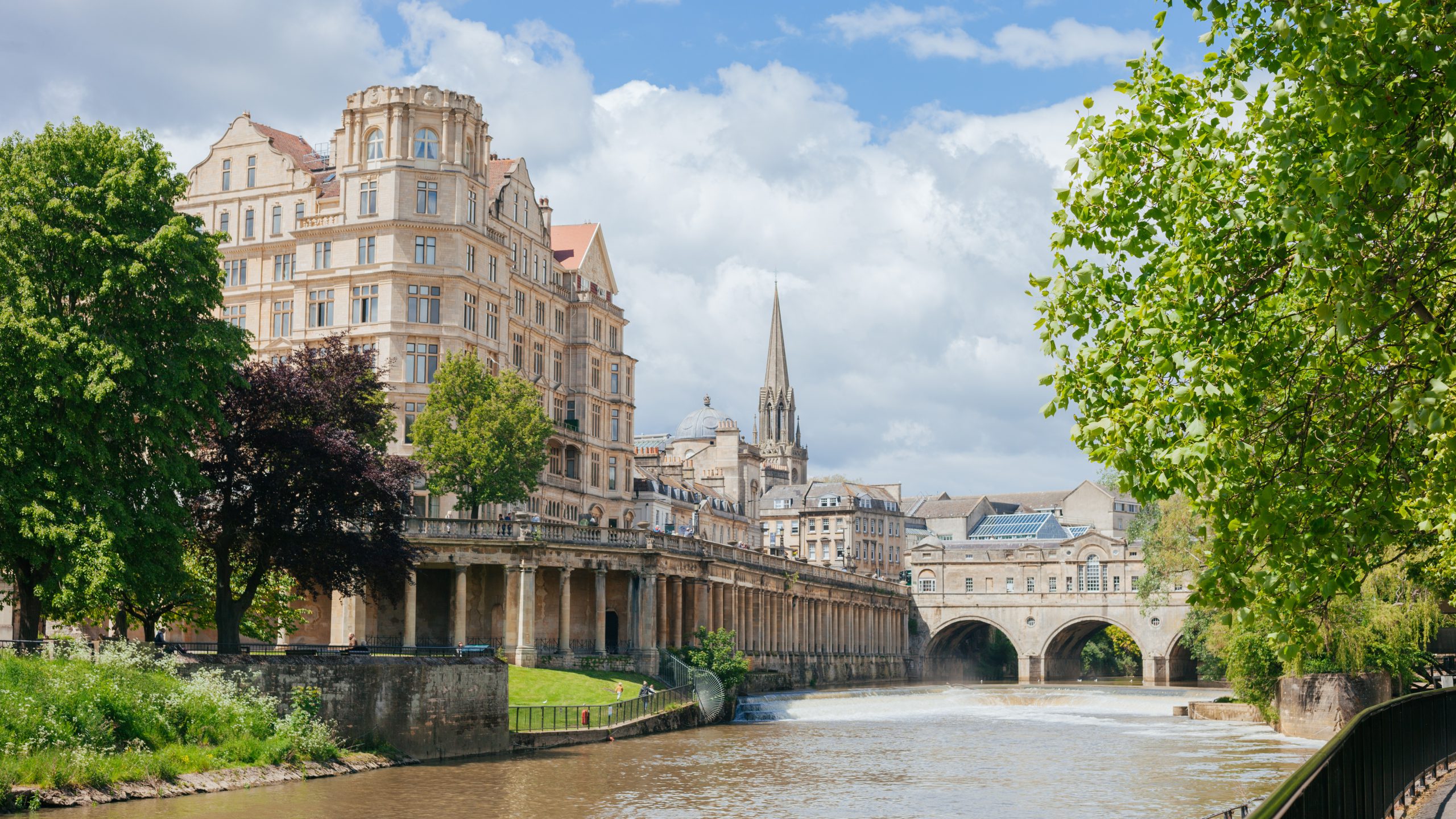
The Best Season to Visit Bath
July 19, 2022Top 10 Places to Visit Near Bath in Spring

Jump to Locations:
- 1. The Botanical Garden & Great Dell Royal Victoria Park, Bath
- 2. Bath Skyline & Long Woods
- 3. Prior Park, Bath
- 4. Stourhead Gardens & Estate
- 5. Westonbirt Arboretum & Westonbirt House Gardens
- 6. Dyrham Park
- 7. Longleat Forest
- 8. The Courts & Great Chalfield Manor
- 9. Iford Manor
- 10. Bowood House & Gardens
- Summary
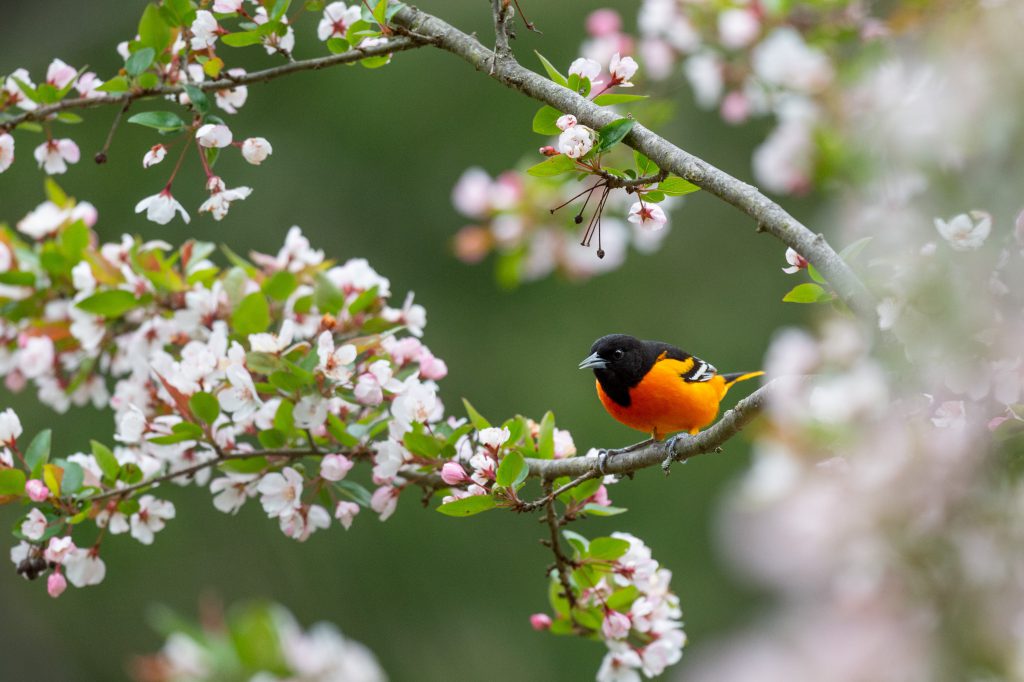
Distance from Bath: Walkable depending on location
Accessible by public transport?: Yes
The park begins just to the west of the city centre, sitting just beneath the iconic Royal Crescent, before opening up further east into a much grander space.
The park is filled with interesting points of interest, including a well-kept lawn in front of the ‘Crescent’, popular in the summer months with picnickers, families, and increasingly, social media junkies out for a selfie.
It is the botanical garden in the far north-eastern corner that is of most interest in Spring however. Here, the fruit trees, roses and perennials disperse the gloom of winter as their delicate flowers and buds burst open, allowing their subtle scents to waft gently through the grounds of the nine-acre site, accompanied by the soothing sounds of gentle, running water from the pool and brook running through the picturesque scene.
Across the road is the ‘Great Dell’. Stepping through the gate into this tiny, yet steep sided valley transports you, in a couple of steps, from a municipal park, into a hidden world of trees and wonder. This hidden glade of trees is planted with rare and exotic trees and filled with little treasures and discoveries that will delight children and adults alike. Enjoy the seclusion, tune into the gentle pace of nature on one of the benches, and then enjoy the aerial walk that brings you up into the leaf canopy before stepping back into reality once more.
Find out more about the botanical garden on the Visit Bath website.
Distance from Bath: 5-10 minutes by bus
Accessible by public transport?: Yes
Walking from the woods into Bath is pretty intuitive, you simply keep heading downhill towards the city, however there are some really lovely routes on the National Trust’s website including a 6 mile circuit starting in the centre of town itself.
Find out more about the skyline walk on the National Trust website.
Distance from Bath: 5-10 minutes by bus
Accessible by public transport?: Yes
Like the Skyline walk, Prior Park’s grounds begin at the top of a hill, beneath the columns of the imposing, Palladian exterior of the house, and descend down into the bowl of the city below. Designed by the world renowned Capability Brown, the grounds are designed to catch the eye and the breath, with an array of focal points, natural beauty and rare species dotted along the journey. In February, the snowdrops begin to break through the chilled ground, followed by a profusion of yellows, golds and creams as the daffodils elbow them out of the way in March, but of particular interest in Spring is the wild garlic. From April to June, the inimitable fragrance and dainty, white flowers of the wild garlic dominate the languid, meandering paths that lead visitors gently down the hill. It’s the perfect way to spend a morning or afternoon for those looking for the antidote to the harder lines and bustle of the city below. It’s also the perfect excursion for Jane Austen and Bridgerton fans wishing to dive into their imaginations and relive a bygone era, when ‘taking the airs’ was a thing, women dressed in bonnets, clutching parasols, and men dressed in breeches clutching their lapels.
Learn more about opening times, tickets and events on the National Trust website.
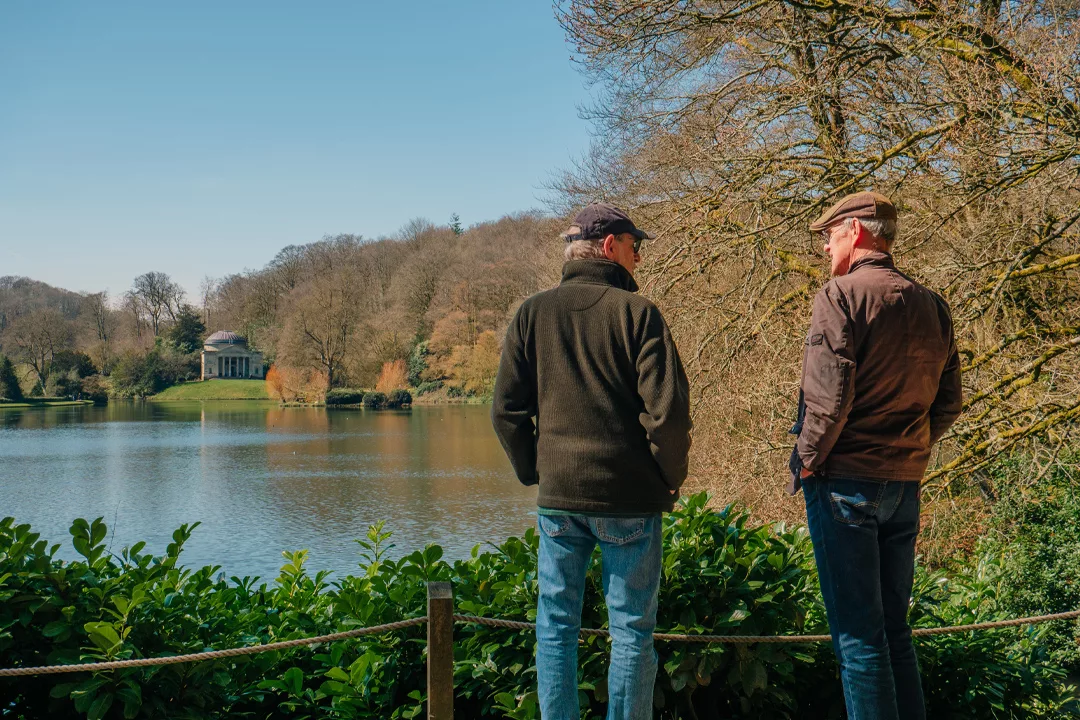
Distance from Bath: 45 minutes by car
Accessible by public transport?: No
The house was built in early Palladian style around 1717 whilst the landscape gardens, probably the finest and most famous in the world, were fashioned from the 1740s through to the 1780s.
The gardens, set off from the house, were designed by the father of landscape gardens, ‘Capability Brown’, who created the lake that forms the centre of the gardens by damming a small stream that ran through a gentle valley. As with all Georgian landscape gardens, the garden’s purpose was to provide a place of refuge, interest and leisure for the owners and their guests, as well as bring to life the kind of idealised landscapes that featured in the classical scenes that were commonly depicted in paintings at the time. In keeping with this ideal, the Hoares had several classically inspired follies erected around the lake to provide focal points, places of interest around the shore and refuges for the weary as they enjoyed their saunter around the grounds.
The gardens today are both one of the earliest, as well as one of the finest examples of an English landscape garden offering incredible vistas, discoveries and a multitude of exotic and native trees and flowers for visitors. Visit in early Spring for the snowbells and the daffodils, but Stourhead really excels from mid April onwards, when the azaleas and rhododendrons come out in full bloom, and the new leaves build a new, fresh canopy above. The stunning location, incredible landscape, follies and incredible flora mean there is nowhere else like it - if there were a list of the Seven Wonders of the Gardening World, Stourhead would be on it.
The Stourhead Estate and Gardens are open to the public and managed by the National Trust.
Check their website for details.
Distance from Bath: 45 minutes by car
Accessible by public transport?: No
It is a paradise for nature lovers and tree huggers, with incredible exotic varieties as well as themed sections that make for a riot of colour at various times of the year. One such time of the year is Spring, when rhododendrons, magnolias, camellias and a host of other species explode into colour as they blossom, providing the ideal stop for a morning or afternoon’s languid stroll surrounded by nature, fresh air and peace. A large section of it is dog-friendly too, so you’re welcome to take your four-legged companion as well as the whole family. Electric buggies are even available for family members that may struggle to walk for more than a short distance.
Across the road from Westonbirt Arboretum is Westonbirt House and Gardens. This impressive house was built by the aforementioned Robert Holford and is a superlative example of a grand Victorian stately home, possibly the most impressive of its time. The house was sold in the 1920s and has been a prestigious girls’ school since. However, the school won funding to restore Robert Holford’s gardens several years ago and the gardens are now open to the public on set days and times. The gardens are a mix of styles and experiences. The Italianate-style walled gardens are filled with pretty flower beds and delightful features, whilst the Victorian Camelia house is truly extraordinary. There are also fountains, shaded walks and landscaped sections too, as well as the odd surprise here and there, including the former village church, which is now the school’s chapel, and houses the impressive memorials of the Holford family dating back to the 1600s.
Westonbirt Arboretum is managed by Forestry England and is open year round.
Westonbirt House Gardens are free to Historic Houses Membership holders and are open several days
a week at selected times (check the website for more details).
6. Dyrham Park
Distance from Bath: 25 minutes by car
Accessible by public transport?: No
For lovers of nature and landscape, it's the grounds and gardens that are the real treasure. Unlike many grand houses that sit in relatively flat or gently undulating ground, Dyrham lies at the base of an undulating escarpment that marks the western edge of the Cotswolds. Whilst the house is therefore hidden from view, it’s parkland and deer park offer stunning views across Bristol and the lowlands that stretch westwards to the Severn estuary and across to the Welsh hills. On a clear day, it's a truly breath-taking spectacle.
As one of a handful of Grade II listed parklands in the UK on account of its unique historic value and important, rare habitats, Dyrham’s parkland has undergone some difficult challenges in recent years. In 2021, the entire deer herd had to be culled as it was riven with bovine tuberculosis. In 2021 and 2022 the parkland was closed to allow the grass to recover from larger than usual visitor numbers as a result of the Covid pandemic. These are only temporary setbacks however, and it won’t be long until visitors and deer once again are seen enjoying the slopes and views that Dyrham Park's grounds provide.
The highlight of a visit to Dyrham in the early months of the year remains however, as from late January through February, the grounds immediately around the house as delicate, bulbous, chalky snowbells break ground to herald the imminent arrival of Spring.
Information about opening times for the House and Garden are available on the
National Trust website.
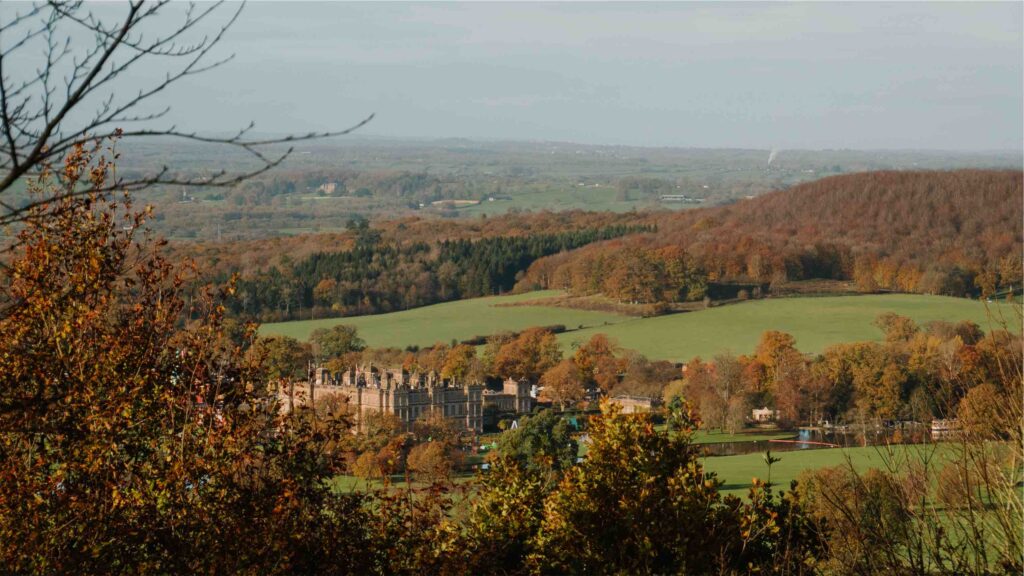
Distance from Bath: 45 minutes by car
Accessible by public transport?: No
The bluebells aren’t the only attraction however. Just south of the main visitor entrance to Longleat House and Safari Park is the car park to ‘Heaven’s Gate’. This stunning viewing point sits atop a steep escarpment that provides dramatic views across the surrounding countryside and the palatial Elizabethan house below. The short, broad avenue between the car park and the viewing point is flanked by towering stunning historic trees on the edge, and smaller, daintier rhododendrons and magnolias closer in.
If a more formal garden experience is attractive to you, Longleat House’s grounds are a delightful excursion as well. Also designed by ‘Capability Brown’, the 900 acres of grounds offers a delectable selection of experiences, from the intimate yet practical walled garden, to the arboretum found along the ‘pleasure walk’.
Longleat Forest and Heaven’s Gate are freely accessible, whilst the house, grounds, safari and fun parks are ticketed, with tickets available from the Longleat Estate website.
Distance from Bath: 30 minutes by car
Accessible by public transport?: No
Just a five minute drive, or a worthwhile half-hour ramble along public footpaths and across fields with stunning views of the English countryside, is Great Chalfield Manor.
Great Chalfield Manor experienced something of a renaissance in the early 20th Century when new owners bought the property with the goal of restoring it to its former, medieval glory. The house today is viewable by guided tour and is well worth it. Its magnificent architecture, Great Hall and Main bedroom have been used in many film and TV shoots including ‘Wolf Hall’ and ‘the Other Bolyn Girl’ amongst others.
The vast, shaped yew bushes are something to behold, as are the dainty flower beds that divide up the various sections of the garden. The main feature however is the small lake, or pond, at the bottom of the garden. This was once the moat, but with the curtain wall long since gone, it provides a stunning backdrop to the rest of the garden.
Details about visiting both The Courts, and Great Chalfield Manor are on the National Trust’s website.
9. Iford Manor
Distance from Bath: 30 minutes by car
Accessible by public transport?: No
Whilst the house is private and has been the home to the Cartwright-Hignett family since 1965, Iford Manor’s famous Italianate gardens are the brainchild of famous garden designer, Harold Ainsworth Peto, who bought the property at the turn of the 20th Century and transformed the gardens into what can be seen today. The gardens are small, intimate and exquisite and were recently the location for the filming of ‘The Secret Garden’ featuring Colin Firth and Julie Walters.
The best time to visit is late April, early May, when the roses, cherry blossom, flowers and wisteria are all in bloom, and a stop for cream tea in their new café is well worth the effort.
More details about visiting Iford Gardens can be found on their website.
Distance from Bath: 45 minutes by car
Accessible by public transport?: No
As with most grand gardens, the grounds are a mix of different features and styles, with the parkland, arboretum and lake being the pre-eminent features. However, there are other, thrilling finds to be had, from the terraced gardens, to the breathtaking ‘cascades’ or waterfalls, to the house’s stirring private walled gardens.
Bowood House and Gardens also provide the perfect excursion for families with young children as the estate includes one of the best adventure playgrounds in the region.
If you are visiting in Spring however, the highlight has to be the Woodland gardens. Open to the public for six weeks only, from mid-April until June, this separate attraction offers a magical retreat from the everyday, charming your senses with colour, scent and wonder! Take a stroll along this enchanting trail to find yourself bedazzled by carpets of bluebells, blooms of rhododendrons, azaleas and magnolias. It’s a truly epic, yet intimate and breathtaking experience.
More details about Bowood House and Gardens can be found at their website.
Summary
Of course, this is not an exhaustive list but we hope that you find this list of places to explore in and around Bath during the months of Spring helpful. If you feel that there’s something or somewhere we may have missed out in this guide, or you have any suggestions that relate to visiting Bath, we’d love to hear from you.
As passionate locals, we love to share the best and breadth of our region and want to celebrate those places, people and businesses that reflect our values and passion for great service, great place, great team, great values, great experience.
Author: Jules Mittra





